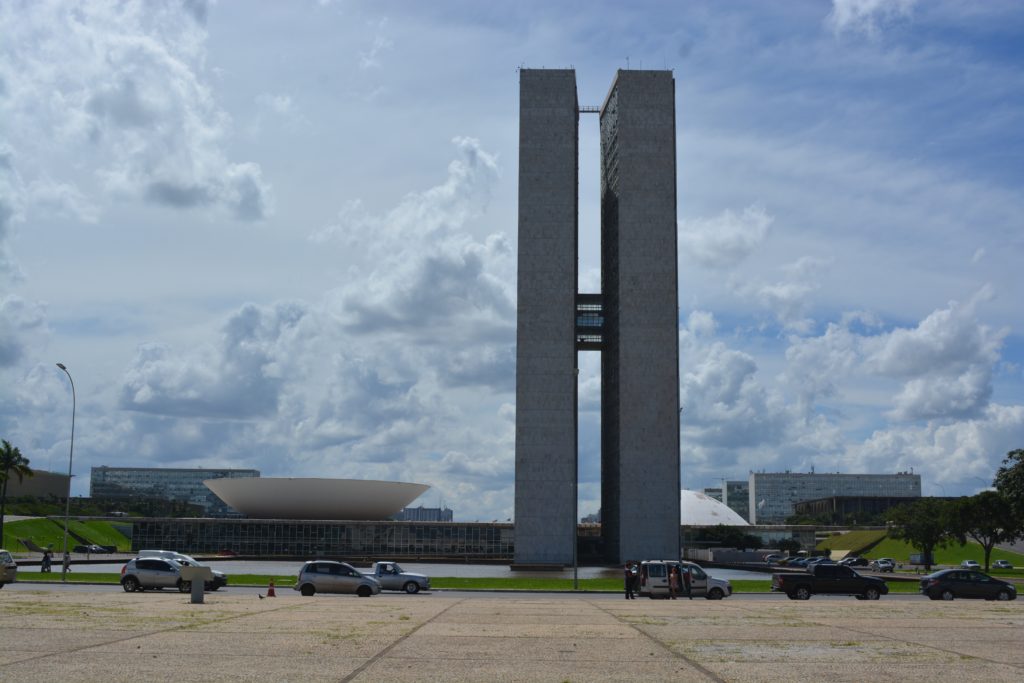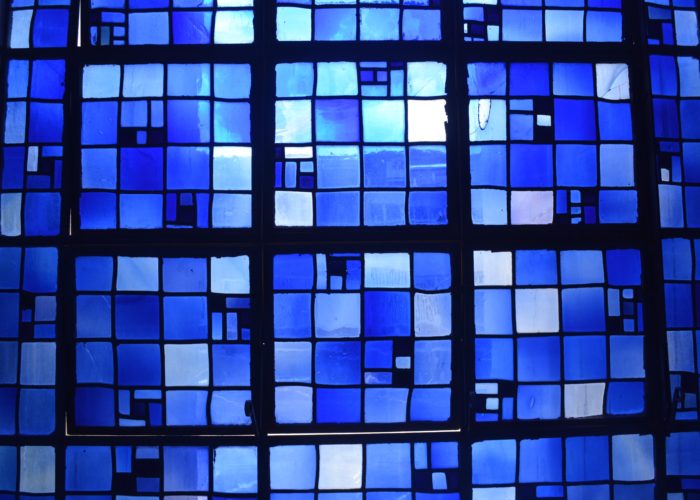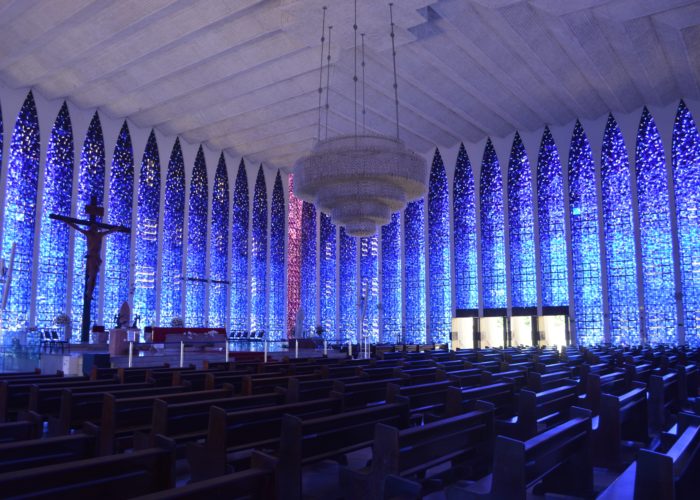Brasília, Brazil’s futuristic capital since 1960, is not only a centre of political power but also a UNESCO World Heritage Site, recognised for its unique urban planning and modernist architecture. With a population of over 3 million, this meticulously planned city serves as a global symbol of modernist urbanism. Its innovative design was aimed at facilitating growth in Brazil’s interior while reducing the strategic vulnerability of the coastal cities. Today, Brasília stands as a testament to Brazil’s mid-20th century ambitions, attracting architects, historians, and travellers alike.
Geography & Climate
Located in the Brazilian Highlands at 1,172 metres above sea level, Brasília boasts a tropical savanna climate. The dry season spans from May to September, while the rainy season, from October to April, brings short but intense bursts of rain. Lago do Paranoá, a man-made lake, was engineered to regulate the city’s humidity and is now a hub for leisure and recreation.
History & Economy
Brasília’s creation under President Juscelino Kubitschek was one of Brazil’s most ambitious national projects. Kubitschek envisioned a new capital as part of his ambitious plan to modernise Brazil, moving political power away from the vulnerable coast and fostering development in the underutilised interior. His administration spearheaded rapid industrialisation and infrastructure development, with the city constructed in a record-breaking 1,000 days—a testament to the scale of the project and its importance to the nation’s future.

Oscar Niemeyer, the city’s lead architect, infused Brasília with modernist ideals, translating bold geometric shapes into inspiring structures. His vision gave the city its futuristic aesthetic, which remains a significant draw for architects and urban planners worldwide. Niemeyer’s genius lies in his ability to blend form and function, and his creations here are now considered some of the finest examples of modernist architecture.
Principal Sites
Igrejinha Nossa Senhora de Fátima
Completed in 1957, this small church was the first religious building in Brasília. With its curved roof resembling a sail and its exterior adorned with delicate blue Portuguese tiles, this minimalist structure embodies Niemeyer’s philosophy of creating beauty through simplicity.

Santuário Dom Bosco
An architectural marvel, this sanctuary is known for its symmetrical pointed arches and the extensive use of coloured glass. The walls are almost entirely constructed from stained glass, featuring over 7,000 pieces in shades of blue and purple. The glass gradually shifts in hue as it ascends, with the darker bluesconcentrated near the ceiling, evoking a peaceful sky. The purple corners create a dynamic contrast that fills the room with a calming and spiritual atmosphere. Central to the design is a stunning chandelier, made from thousands of crystals, which reflects light in various directions, enhancing the mystical effect of the glass.

Catedral Metropolitana
Niemeyer’s most famous religious creation, the Catedral Metropolitana, completed in 1970, is an architectural feat. The building is designed to resemble a crown of thorns, with 16 concrete pillars curving upwards, surrounding a circular space. Visitors descend into the cathedral, as the main floor is below street level, adding a unique spatial experience. Before entering, four statues of the Evangelists stand guard, while a distinctive bell tower rises nearby, its goblet shape housing three large bells. Despite being an atheist, Niemeyer designed this remarkable place of worship, blending artistic and spiritual elements. At night, the cathedral becomes even more stunning, as its stained glass panels are illuminated, casting reflections onto the water moat, transforming the structure into a beacon of light.

Museu Nacional
Adjacent to the cathedral, the Museu Nacional is a dome-shaped cultural space, showcasing Niemeyer’s affinity for fluid forms. Opened in 2006, this vast exhibition hall hosts modern art and cultural events in a futuristic setting. Visitors ascend via sweeping ramps that lead them to an expansive and airy gallery space.

Government Ministerial Buildings
Lining the central Eixo Monumental, the boulevard that forms the “fuselage” of Brasília’s airplane-shaped design, are 17 identical rectangular ministerial buildings. Their uniformity represents the functional efficiency that characterises Niemeyer’s modernist ethos. These buildings create a visual corridor leading to the National Assembly.
National Assembly (Congresso Nacional)
The twin towers of the National Assembly are flanked by two contrasting domes—one concave, the other convex—symbolising the Senate and the Chamber of Deputies, respectively. These buildings, constructed in the late 1950s, anchor the centre of Brazil’s political life, marking the intersection of architecture and governance.

Palácio do Planalto (Presidential Building)
Located at the eastern end of the Eixo Monumental, the Palácio do Planalto is the official workplace of Brazil’s president. Designed by Oscar Niemeyer, the building’s sleek, minimalist lines and use of glass and marble reflect the modernist principles that dominate the city’s architecture. Completed in 1960, the Palácio do Planalto features long, curving ramps that lead up to its entrance, making a striking visual statement. Its location in Praça dos Três Poderes (Three Powers Square) symbolises the balance of power between the executive, legislative, and judicial branches of government. The building is beautifully illuminated at night, highlighting its elegant simplicity.
JK Monument
This monument honours Juscelino Kubitschek, the visionary behind Brasília, with a crescent-shaped statue of JK overlooking the city. Below the statue is a museum dedicated to his life and legacy, containing personal artefacts that chronicle his efforts to modernise Brazil. His influence remains visible across the city he helped create.

Lago do Paranoá
This artificial lake, created to enhance the city’s climate, is now one of Brasília’s most exclusive leisure spots. It’s home to numerous yachts and boats, an extraordinary sight given Brazil’s vast coastline. The lake also offers a vibrant array of bars, restaurants, and sports clubs, making it a popular area for locals and tourists alike.
Oscar Niemeyer: The Master of Modernist Architecture
Oscar Niemeyer’s work has become synonymous with Brasília’s identity. His buildings are marked by their use of curves, which he famously said were inspired by the shapes of women. Niemeyer’s designs in Brasília embody the ideals of modernism—sleek, functional, and forward-looking—while also creating spaces of profound beauty. Despite his atheism, Niemeyer constructed one of the most iconic religious structures in the world, the Catedral Metropolitana, showing how his artistry transcended his personal beliefs.

Juscelino Kubitschek: Architect of Brazil’s Future
Juscelino Kubitschek’s legacy is deeply intertwined with Brasília. His vision for a modern Brazil materialised in the bold, futuristic architecture of the city. His administration’s focus on national integration and industrial development was embodied in the city’s construction, which sought to move Brazil’s centre of power away from the coast. Kubitschek’s life ended in mystery—his death in a 1976 car accident remains controversial—but his status as a national hero remains unquestioned.
Transport and City Structure
Brasília was built in an era when the automobile was a symbol of progress, and as a result, the city’s layout is predominantly car-centric. Its wide avenues and grid-like structure are designed around car transport, with public buses also serving the city’s main hubs. However, unlike other modern cities, Brasília lacks a metro system, reflecting the prioritisation of cars in the 1950s urban planning.
The city is divided into discrete zonal blocks, each designed to function as a self-contained unit with residential, commercial, and public facilities. Each sector has its own schools, parks, religious buildings, and other essentials, offering a unique experiment in urban planning that aims to combine work, life, and leisure within walkable distances. However, the scale of Brasília means that most citizens rely on cars or buses for transportation, leading to traffic congestion.

Environment
Despite being a predominantly urban landscape, Brasília incorporates extensive green spaces, such as the Parque da Cidade and the area around Lago do Paranoá. The surrounding Cerrado ecosystem, characterised by dry forests and savannas, plays a critical role in the city’s biodiversity and climate. The combination of artificial and natural landscapes gives Brasília a unique environmental balance, enhancing its aesthetic and recreational appeal.

Final Thoughts
Brasília is a city that defies convention. Its bold urban planning, combined with the visionary architecture of Oscar Niemeyer and the political foresight of Juscelino Kubitschek, makes it one of the world’s most remarkable capitals. While the city’s reliance on cars presents modern challenges, its integration of work, leisure, and living spaces offers lessons for contemporary urban planning. As a UNESCO World Heritage Site, Brasília continues to inspire architects and dreamers alike, standing as a testament to the possibilities of vision and innovation.
Dates: 18/11/2018 to 19/11/2018 – Dragoman Days 13 to 14











